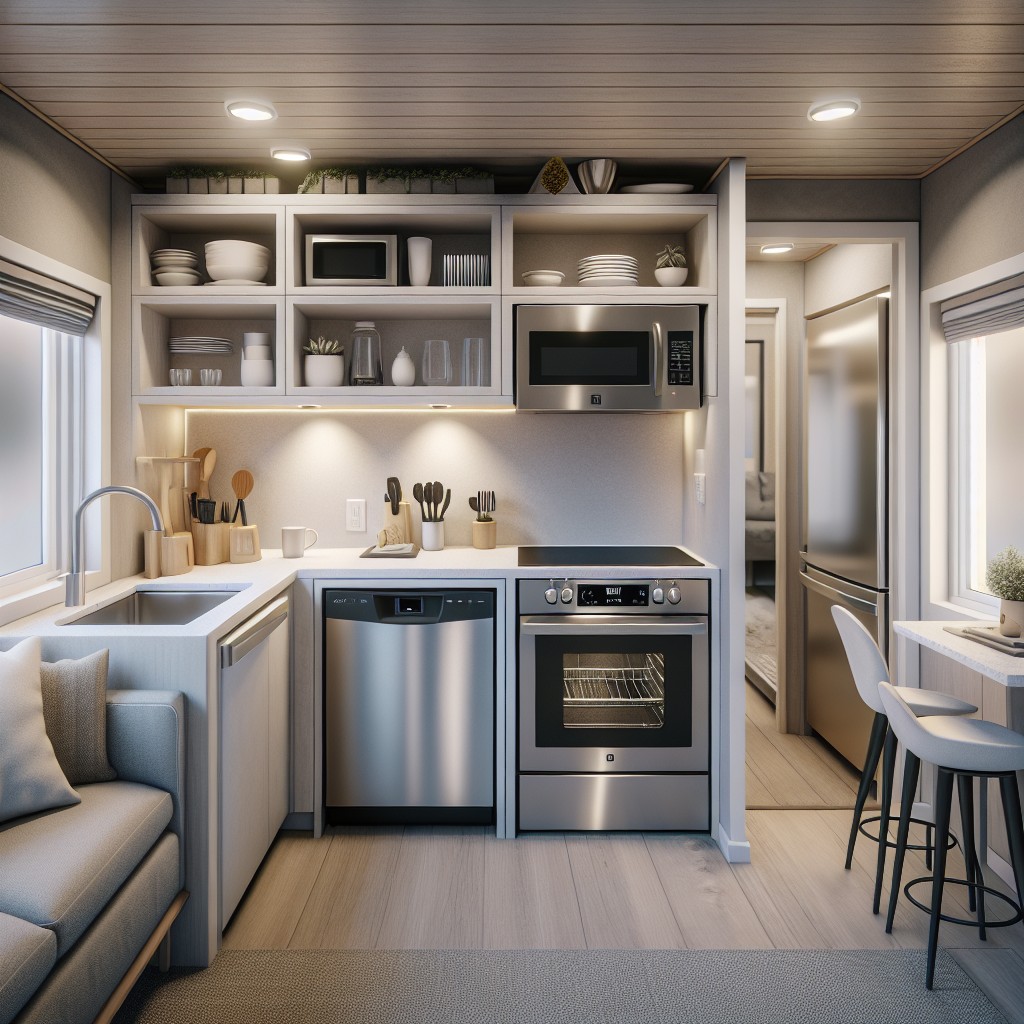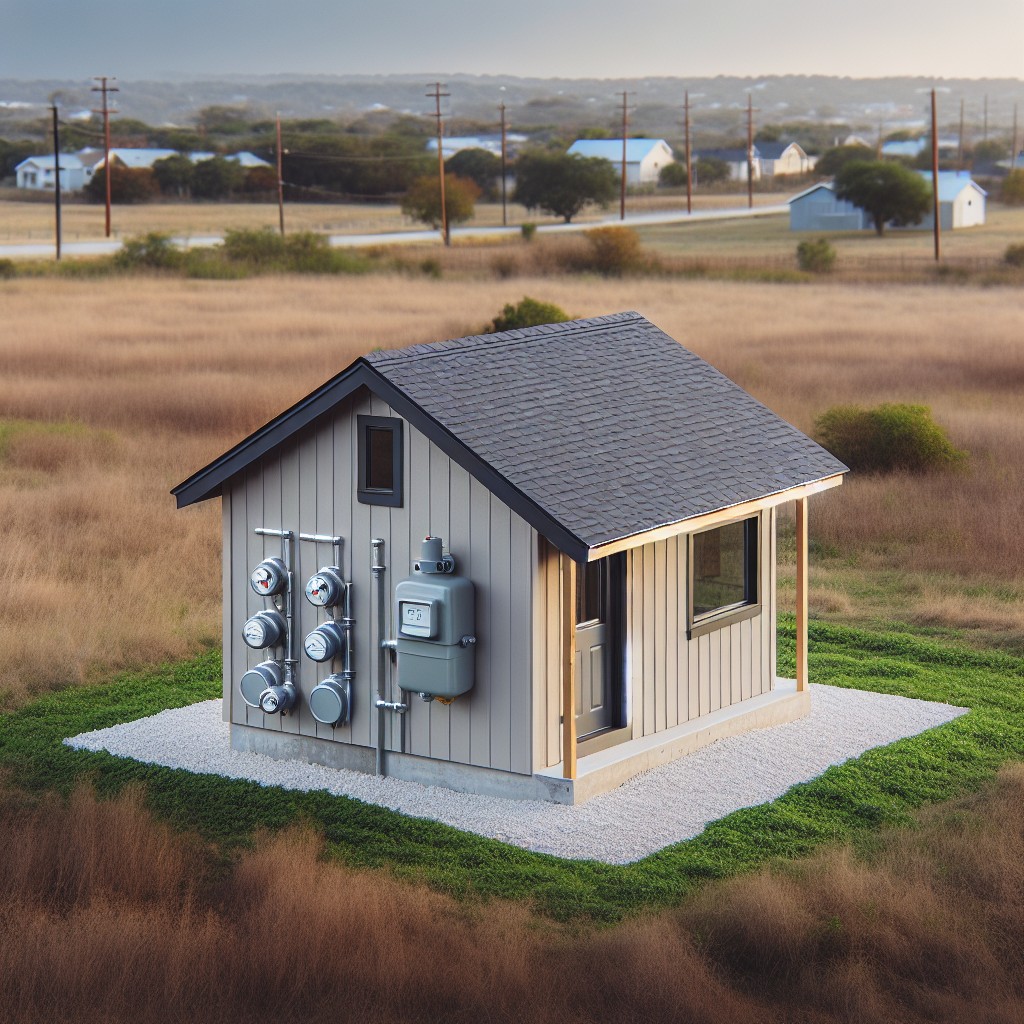Last updated on
Gain clarity on the regulations for Accessory Dwelling Units (ADUs) in Riverside County, including zoning, sizing, and permitting processes.
Key takeaways:
- Up to two ADUs allowed in single-family zones.
- Detached ADUs can be up to 1,200 square feet.
- Junior ADUs are limited to 500 square feet.
- ADU must meet property zoning and setback requirements.
- ADUs can share water and sewer service with primary residence.
Number of ADUs Allowed

Under Riverside County regulations, homeowners are provided with the flexibility to enhance their properties with additional living units. These can enrich a community by offering more housing options, accommodating family needs, or providing rental opportunities.
In single-family residential zones, you may add one junior ADU within the walls of your existing residence and one detached ADU on the same lot. These provisions align with California’s statewide goal to tackle the housing shortage by encouraging ADU development.
The number permitted hinges on the lot’s zoning and size, aiming to balance neighborhood character with increased density. For lots with multi-family zoning, up to two detached ADUs or 25% of the existing unit count in multi-dwelling buildings can be developed, whichever is less, providing a unique opportunity for urban intensification.
It’s essential for property owners to familiarize themselves with these stipulations ensuring their ADU projects are compliant and contribute positively to the housing landscape in Riverside County.
Size of ADU Allowed
Navigating the specifics of allowable sizes for accessory dwelling units in Riverside County aligns with the desire to make efficient use of residential space while respecting the character of existing neighborhoods.
Detached ADUs can boast up to 1,200 square feet, offering ample room for a full living space. Attached ADUs, however, are limited to 50% of the existing living area, up to a maximum of 1,200 square feet. This proportional requirement maintains a balance between the primary dwelling and the accessory unit.
Junior ADUs are a smaller, more integrated option, capping at 500 square feet. These often involve the conversion of existing interior spaces and offer a more subtle augmentation to the housing on your lot.
Height restrictions are set to match the existing primary dwelling or up to 16 feet, ensuring that the ADU does not overshadow the main residence. This consideration preserves the aesthetic harmony of homes within the community.
Understanding the constraints related to size helps property owners maximize their planning efficiency and aligns with the goal to enhance, rather than disrupt, the existing residential fabric.
Property Requirements
To successfully install an ADU on your property in Riverside County, certain criteria need to be met. First and foremost, the property must be zoned for residential use. This ensures your project aligns with local land use policies.
Additionally, your lot must have enough space to accommodate an ADU without causing undue stress on the landscape or infrastructure. It’s essential to respect setback requirements, which are the minimum distances ADUs must be from property lines and the main residence to ensure privacy and safety.
There’s also a need to consider the aesthetic impact of the ADU. Riverside County may have guidelines on how your unit should blend with the neighborhood’s character. This could influence the materials you choose and the style of construction.
Lastly, be aware that historic preservation zones or areas with homeowners’ association (HOA) rules might have additional layers of regulations. In such cases, consult with the relevant authorities to align with their specifications. These property requirements are a foundational step to ensuring that your ADU plan meets all local compliance standards before moving forward with construction.
Utility Connection Requirements
Navigating the intricacies of utility connections for an accessory dwelling unit (ADU) in Riverside County doesn’t have to be daunting. It’s essential to understand that ADUs typically require independent utility connections separate from the primary residence. However, recent legislation has endeavored to simplify and reduce costs for homeowners.
Firstly, water and sewer service for ADUs can often be combined with the existing services of the primary residence. This approach can substantially lower the financial burden by avoiding the need for entirely new service installations. Furthermore, this integration is not only cost-effective but also environmentally considerate, as it minimizes land disruption.
Electricity and gas connections present a more variable situation. Each ADU can have individual meters, which is beneficial for rental properties as it allows for easier billing. Nevertheless, some homeowners might opt to share utilities with the main house to sidestep the installation of new meters, which can entail additional costs.
Importantly, the county may impose an impact fee if the ADU exceeds 750 square feet, which could affect decisions on utility connections. However, ADUs smaller than this threshold are exempt, aligning with California’s broader initiative to promote more affordable housing options.
It’s crucial to check with local utilities and the Riverside County planning office to get specific guidelines for your project since requirements can vary based on location and utility providers. This proactive step ensures compliance with county standards and can help in streamlining the establishment of necessary utility services for your ADU.
Occupancy Regulations
Determining who can occupy an ADU in Riverside County hinges on local zoning laws that aim to balance community integrity with the benefits of increased housing options. Generally, homeowners are granted flexibility to rent out either their primary residence or the auxiliary unit. This opens up possibilities for residents seeking additional income through long-term leasing.
However, it’s essential to note that short-term rentals, like vacation stays, are usually not permissible for ADUs. To maintain residential character and avoid an influx of transient traffic, regulations typically mandate a minimum rental period—often 30 days. This ensures that the units contribute to the community’s long-term housing stock rather than functioning as temporary lodging.
Further occupancy considerations include stipulations for immediate family members. Some homeowners opt to build ADUs to house aging parents, adult children, or other relatives. This flexible living arrangement is supported by the county’s policy, which often does not strictly enforce familial relationships as a condition of occupancy, as long as the property adheres to other local regulations.
Staying informed about changes to these regulations is crucial, as housing crises continue to influence policy evolution. Engaging with local planning departments or housing authorities can provide homeowners the most up-to-date information to make informed decisions about their property and potential occupants.
Related reading:
Table of Contents





